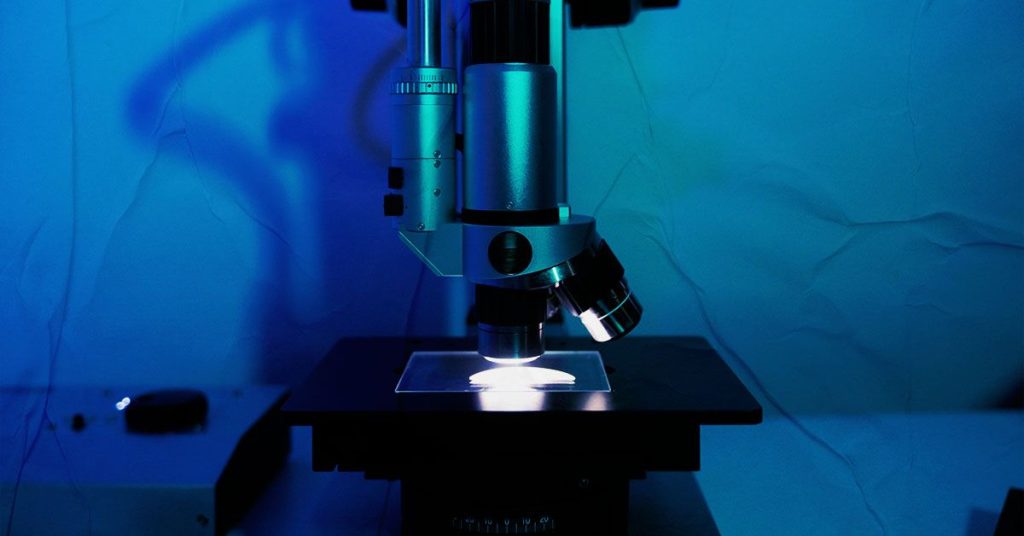The diversity of blood cells in bone marrow decreases with age, leading to some aspects of aging and contributing to conditions such as Alzheimer’s disease. Researchers in China conducted a study where bone marrow transplants were given to older mouse models of Alzheimer’s disease from younger mouse models. The results showed that the transplants reversed signs of aging, decreased amyloid-beta accumulation, and improved cognition in the mice. Mice that received bone marrow transplants from younger mice had lower levels of brain aging, including neuronal degeneration, behavioral deficits, and amyloid-beta levels. This led the researchers to explore the potential of younger hematopoietic stem cells to counter signs of aging when transplanted into older mice.
Alzheimer’s disease is primarily a disease of aging, characterized by the accumulation of cellular damage, oxidative stress, and reduced brain function. The buildup of amyloid beta plaques and tau tangles, along with decreased brain repair mechanisms, are common features of the disease. To investigate the relationship between aging hematopoietic stem cells and brain aging, researchers conducted a study on genetically engineered mice with Alzheimer’s disease. They compared gene expression in older and younger mice, finding age-related changes in mitochondrial function, epigenetic regulation, and immune processes. These changes were reversed after bone marrow transplants, particularly affecting T-cells and monocytes.
The top 45 Alzheimer’s disease risk genes were compared in different immune cells, showing differential expression in monocytes in older mice. The bone marrow transplant from younger mice reversed these expression changes and restored the ability of monocytes to eliminate amyloid-beta buildup. This led to reduced amyloid-beta levels in the brain and plasma, as well as lower neuroinflammation and neuronal loss. Overall, behavior related to cognition improved in older mice following the bone marrow transplant, indicating a positive impact on the whole body. The rejuvenation of the immune system through the transplant appeared to play a crucial role in clearing amyloid-beta plaques in the brain.
While the study showed promising results in mice, translating the procedure to humans raised ethical concerns. Performing bone marrow transplants on healthy individuals to investigate aging-related disease prevention was deemed too risky. Using young, allogenic donors for interventions like heterochronic parabiosis or bone marrow transplants could lead to ethical concerns regarding equity and exploitation. A potential approach could be using heterochronic autologous transplants, where blood or bone marrow from an earlier age is transplanted back into oneself. Identifying specific aspects of transplants that affect aging processes might provide benefits without the need for a transplant. Despite the ethical considerations, bone marrow transplants remain a well-defined and safe treatment for individuals requiring them to treat illnesses.













